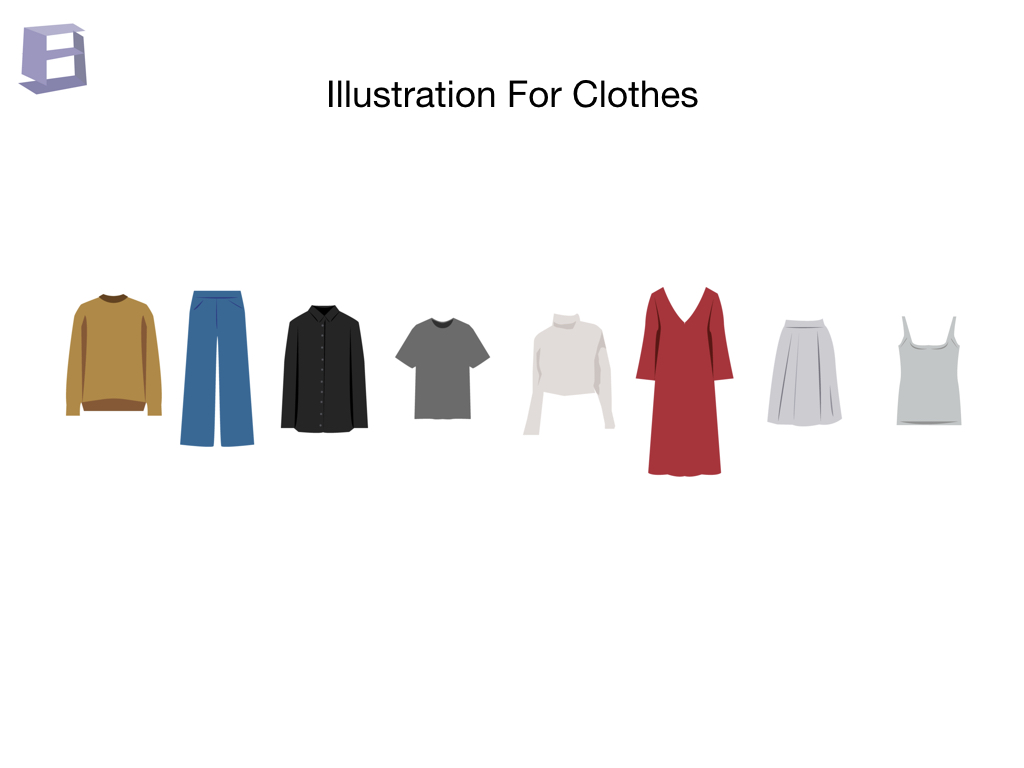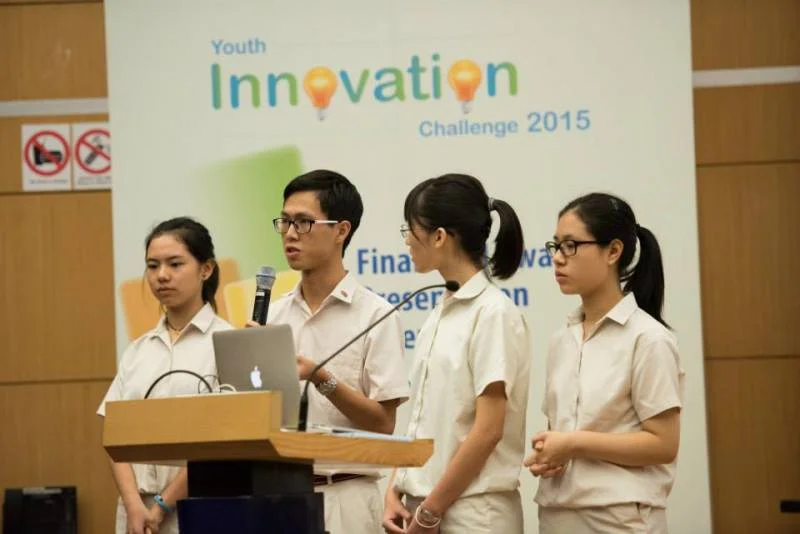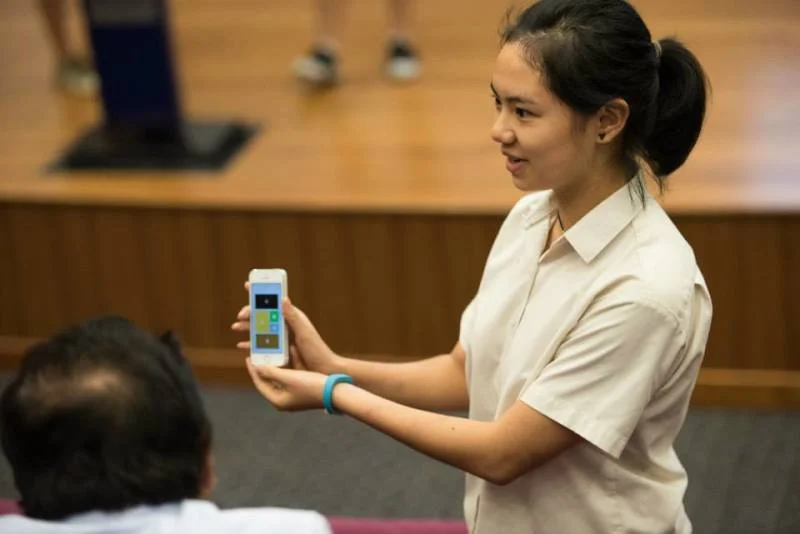Closera: Mobile Application Design
Closera is a mobile application conceptualized and mocked-up for Youth Innovation Challenge Singapore 2015. It facilitates closet management with versatile functionality, unique features and intuitive user-interface.
Closera in currently under a round of revamp. I will update the progress. I hope you will like it!

As someone who is into fashion but living in a small dorm, I always face the problem of having a cluttered closet. As time goes by, such pain gets exacerbated as I keep buying more clothes. I have discussed my pain with my roommates and not surprisingly, this was a ‘universal’ problem among young women who are fashion-minded. In fact, in the era of booming consumerism and rising affluence, our closets are constantly being flooded with more and more stuff.
With the problem in mind, we did some research regarding closet organization and not surprisingly we found the following data
From a OnePoll survey of 1,000 American women:
47% of women struggle when it comes to deciding on which outfit they should wear to work
1 in 4 women admitted to having disorganized closets
57% of women believe that having organized closets saves them time when picking out something to wear
Apparently, this is a common problem among women. We then started to brainstorm ideas of how to organize our closets and moreover, utilize the clothing pieces in our closet to the maximum value. By interviewing other female residents in our hostel, we have discovered the following problems to be addressed:
1. Certain pieces of clothes may get forgotten, misplaced and lost easily
2. The closet turns to a disorganized mess again easily
3. A disoriented closet makes styling difficult
We also continue to analysis the problems by listing out the reasons for each problem above.

To put the current fashion consumption and closet experience in a more relatable context, and to properly devise a solution, we had to first understand what types of people would be using it and what their motives would be. By conducting some interviews, we accumulated a lot of valuable insight from both women and men. I created several personas to demonstrate the different scenarios, and use cases for which people might think about their closet usages.


We worked together and iterated on the ideas we have, and conducted a close market research and observed the following trends:
(a) Shift in Lifestyle
With increased affluence and living standards, the habit of regularly organizing has been gaining popularity in recent years. The Life-Changing Magic of Tidying Up, a number one New York Times bestseller targeting at “the art of decluttering”, bore witness to this major shift in lifestyle, with more than two million copies sold worldwide. As people become more particular with little details that affect life quality, a niche market demanding professional help in organizing clothes in a convenient manner, manifests itself.
(b) The Burgeoning Global Apparel Market
The global apparel business is growing considerably, with double digit growth expected between now and 2020. With growing collections of clothing, there would be more fashion-minded consumers needing help with the organization and management of their closets.
Our final solution is a mobile app that that facilitates closet management by virtualizing closets and simplifies organizational processes through automation. We also hope to provide the following functions that will target at the pinpoints that our potential users have:
1. Organize clothes effortlessly (Customizable closet)
2. Knows exactly where my clothes are (Record information for clothes)
3. Help with styling (Style community)

During the brainstorming stage, I sketched out some of the most promising ideas and distilled them down to get more constructive feedback from the team. This phase was pretty short and I transitioned to digital mocks once I figured out the major directions. In order to make the app easy to use, I sketched out the flows of the steps and functions and to see which is more intuitive. Some of the transitions looked counter-intuitive, so I tried to refine the steps.

I have also done some early stage sketching and brainstorming for the features of the applications and then used these low-fidelity sketches as a starting point for discussions.

1. In the original design, I chose grey as my background. However, compared to pure black and white, the clothes does not stand out. Hence, I decided to change the background color to pure white, which makes the clothes more compelling.
2. The import stage of the app is very troublesome. Users have to manually snap and upload pictures and also go through a long process of categorizing their clothes. In the newest version, I simplified the process by only asking users to choose the number of clothes they have and further update their clothes while they create styles.
The laundry function seems redundant according to users' feedback. Hence I removed the laundry function.



The logo represents the form of a customizable virtual closet.

A series of illustrations are used for to represent the three goals of Closera, namely:
1. Log your style
2. Share with the world
3. Explore new inspiration

Users are asked to fill up their personal information and select their style.

Instead of having users to take pictures and upload, they only have to specify the number of teach type of clothing. This simplifies the process of setting up their basic closet.

Users can create their own personal style based on the clothes they have in the closet. They can post the image as editing.

Users can share comment, like and access others's style in the community.

Users' posts are summarized under my style. They can also explore different styles under 'explore', where different outfit ideas are grouped under tags.



Closera is the first app that I have ever designed and prototyped. I started to learn from scratch while completing the design. As a freshman in design at that time, I got a lot of constructive feedback from other designers and I’ve learned a lot through this process.The learning process is definitely hard but rewarding and I felt a great sense of achievement designing the app and making to the top 6 finalists of the competition. I also forged strong bonds with my teammates over the one month and we still like to discuss new ideas until today.
Looking back, there are also some problems associated with the app. For example, people who are disorganized tend not to go through the hustle and bustle of reorganizing the closet digitally. We may have to simplify the process even more by optimizing the importing and editing process.





